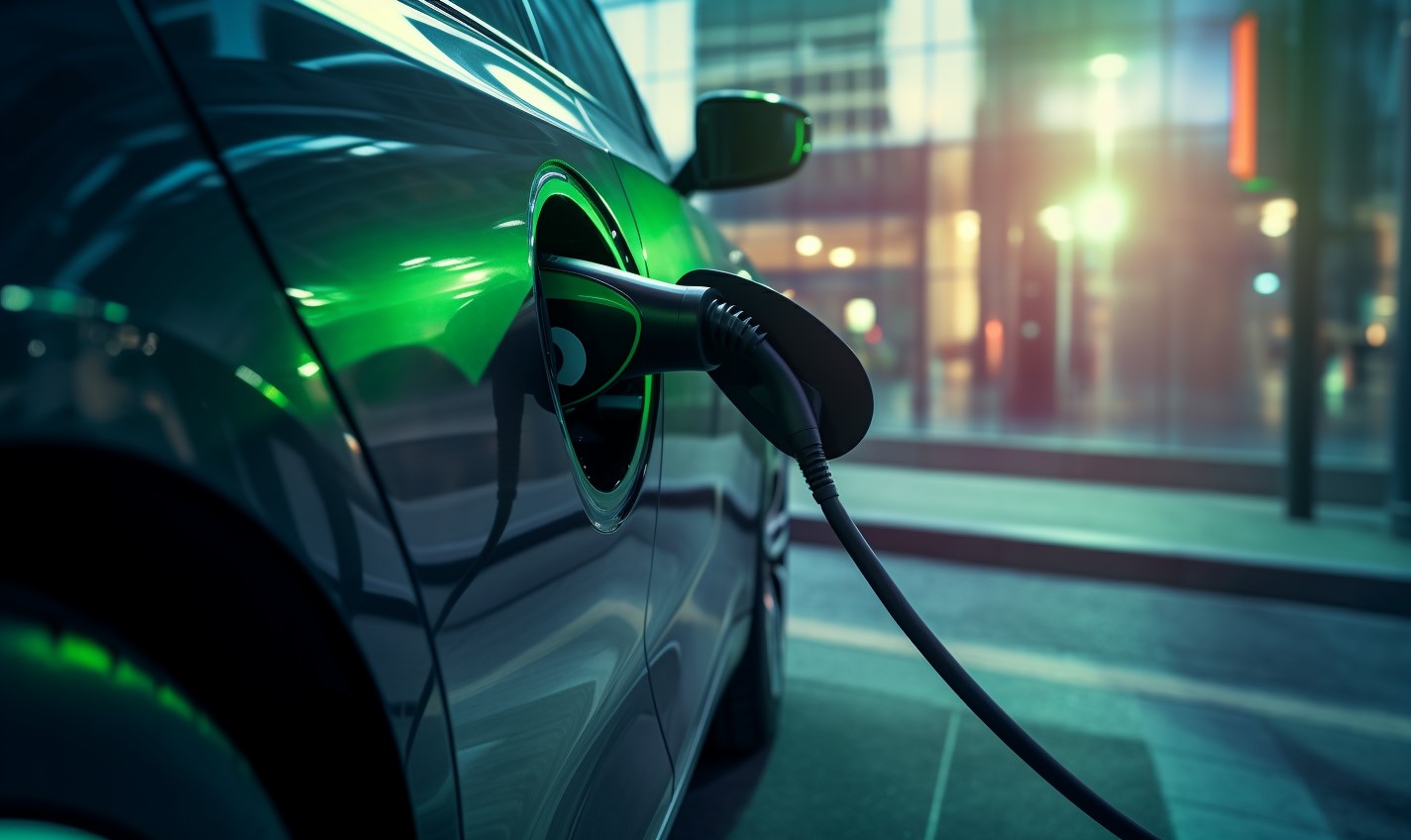Technology and sustainability are two driving forces in the world today. They each influence how different industries go about business practices and operations. For the agriculture sector, workers must combine both forces. Sustainable agriculture technology must be the new norm.
Though farming and agricultural practices are necessary for society, they can harm the environment in different ways. For instance, agricultural waste comes in many forms — chemical runoff and carbon emissions — and pollutes different ecosystems.
With a massive global shift like the climate crisis, other factors come into play. Soil erosion, warmer temperatures, wildlife declines, invasive species and poor air quality will affect the agriculture industry. If harmful farming practices continue, a cycle forms and keeps harming the world. Thus, the following sustainable agriculture technology advances in the industry are necessary.
1. Smart Irrigation
Crops need water — that’s nonnegotiable. However, how they get water is another story. Irrigation systems provide water in efficient ways. Standard irrigation systems will run on a drip-based schedule. They keep crops hydrated without using excess water.
Smart technology, though, can take this a step farther. It’s not practical or sustainable to keep drip-based irrigation systems running at all hours. Drips can waste water or even overwater crops since it’s a constant flow. Adding smarter technology decreases both these factors
New irrigation systems with sensor technology can report on factors like soil moisture and temperature. These innovations help farmers properly tend to the crops in a more efficient way. For instance, most crops have specific temperature requirements or climate needs. The sensors on irrigation can show farmers if they need to make changes for their growing environments based on temperature, with less water waste.
2. Robotics
Robotics cover a wide range of systems, vehicles and tools. Automation can be part of robotics, too, for things like electric self-driving tractors or lawnmowers.
These use GPS systems to navigate throughout fields in efficient ways. They use programming to stick to the right path without wasting energy or fuel. Additionally, they help during instances of low-visibility when human-operated machinery could be dangerous to use.
Robotics can do a lot of other neat things as well. Mechanical weeding, fertilizing and harvesting are all within the wheelhouse of what this tech can do. As farmers start to implement these tools, they optimize the business.
Advanced technology in agriculture is ultimately what will help heal the environment, which means farm vehicles must stop consuming harmful fuels. With electric models, carbon emissions decrease, creating a more sustainable way of farming.
3. Drones
Drones are, in a sense, a robot. However, their capabilities get them their own spot on this list. Drones can do a lot and they cut down on tedious processes, like maintenance and monitoring.
These unmanned aerial vehicles (UAVs) have high-definition cameras that capture pictures and videos. That way, farmers can fly them over the fields and check on crops.
If one section of crops isn’t doing well, the farmer can quickly record the details with the drone. Then, they can use the drone to provide water or sprays without wasting them.
Drones have sensing technology, too. They can detect heat. signatures, determining how farmers should not only maintain crops, but livestock as well. Animals like cows are a critical part of the farming supply chain. Farmers can use drones to locate them to keep them safe if they run away.
Drones also offer sustainable alternatives to manual maintenance because they have no emissions. Whereas using a vehicle to go around the farm releases carbon pollution.
4. Data and Software
Data is abundant in this tech-driven world. With the right integrations, data and software can drastically change how agriculturists go about planting, harvesting, watering and general decisions. Data can come from software programs or sensors on irrigation systems, tractors or satellites.
As the sensors and software gather information, they report it all back to a central system. Then, farmers can track crop health, use water and fertilizer more efficiently, make location-based decisions for planting and produce less waste.
One of the most critical innovations based on data and software is the Internet of Things (IoT). This network of internet-based devices directly influences sustainability in agriculture. In fact, some of the devices on this very list are part of IoT, like smart irrigation systems. Any tech that transmits data through the internet is an IoT device.
In terms of other IoT technology in agriculture, farmers could use something as subtle as health trackers for livestock to track their vitals and overall health in real-time. More overt solutions involve using IoT sensors to track crop needs — sunlight, fertilizer, water and weeding.
Understanding how much to tend to each crop will save resources immediately. Farmers won’t have to use as much fertilizer, for instance, which can be wasteful and harmful in large quantities.
On top of the resource-saving benefits, farmers can make better decisions about spacing and planting based on the data. Therefore, data saves money as well.
5. Vertical Farming
Most of the farming in the world occurs on a horizontal, flat basis. However, people are now discovering the benefits of vertical farming — growing plants and crops upwards instead of outwards. With climate- and lighting-controlled areas that have proper irrigation, farming can thrive.
For urban areas, vertical farming provides an optimal way to grow more local food. People don’t have to travel as far for their crops. Emissions from imports and exports decrease, too, as agriculturists provide local-based items.
Therefore, vertical farming sustains urban areas — which are likely to hold 68% of the world’s population by 2050 — and reduces carbon pollution. This kind of accessibility, combined with these striking population numbers, show a clear future for agriculture. Let tech lead the way.
In the Name of Conservation
Agriculture sustainability boils down to conservation. Of water, fertilizer, money, energy, time and emissions. Resources can be scarce in some parts of the world — like a water crisis in California. Supply chains and populations also rely on farmers to keep crops and food coming in constantly.
With so much demand and consumption, the above farming and food tech sustainable solutions will bring about a better environment. Of course, renewable energy and electric vehicles are two of the biggest necessary changes to curb and reduce the effects of climate change. Though cheaper costs and progressive government policies are shifting the world towards this direction, the above changes are more doable on immediate timelines.
Renewables, electric vehicles and each of the above agriculture tech advancements — these three areas are the most essential mixture to create a fully sustainable industry. From taking the smallest samples to using smart energy grids on massive scales, tech is the consistent factor pushing the industry forward.
The Future of Agriculture
Like most industries, agriculture is seeing many tech upgrades. These upgrades are helpful for farmers to save on costs, labor and energy. However, agriculture sustainability is the ultimate goal for helping the environment. These solutions create a win-win scenario for everyone.
As these innovations continue to evolve, farmers will adapt, both in rural areas and urban locations. Sustainable agriculture technology is the future — and it will change the game.
Recent Stories
Follow Us On
Get the latest tech stories and news in seconds!
Sign up for our newsletter below to receive updates about technology trends














